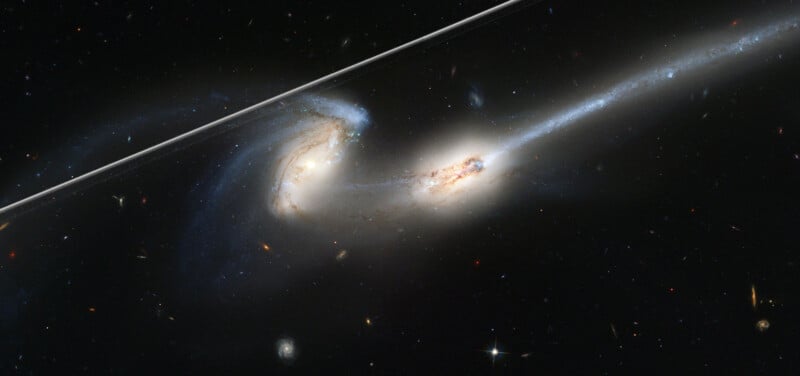
As more satellites are sent into space, images taken by the Hubble Space Telescope are often degraded. In March, scientists published a study Regarding the adverse effect of satellites on Hubble observations, now, Hubble scientists have developed new software to mitigate the problem and remove the pesky satellites from the images.
as Reported by GizmodoResearchers with Space Telescope Science Institute (STScI) has developed a new tool to help scientists identify satellite trajectories in images taken by Hubble’s Advanced Camera for Surveys (ACS), one of the venerable space telescope’s broadest imagers.
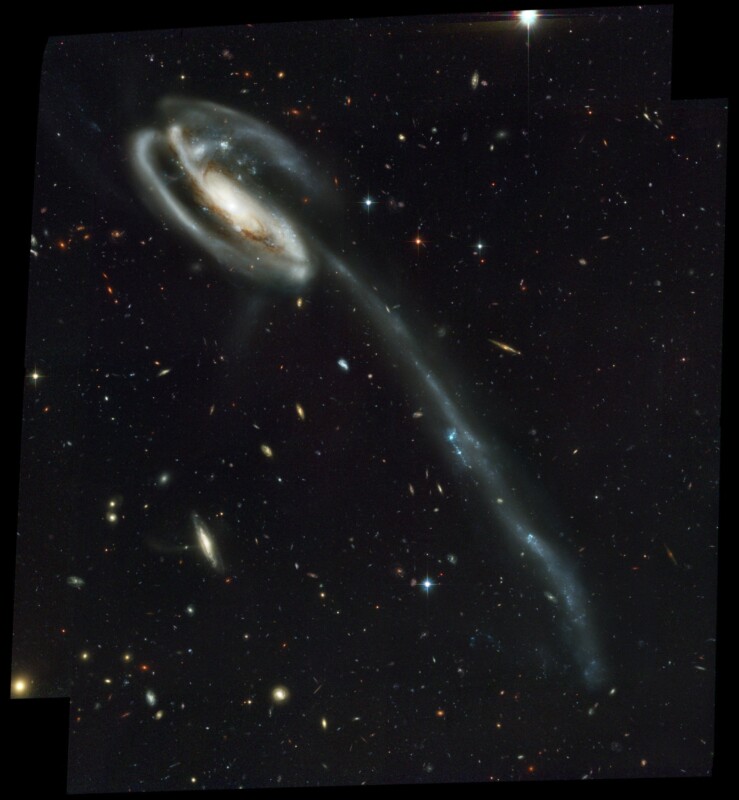
“When the Hubble Space Telescope was launched in 1990, there were about 470 satellites orbiting the Earth. By 2000, that number had doubled. But by 2023, the rising number has grown almost exponentially to nearly 8,000 satellites. For Hubble, satellites photobomb about 10% of its exposures to celestial targets. But a typical satellite path is very thin and affects less than 0.5% of a Hubble exposure. Explains STScI.
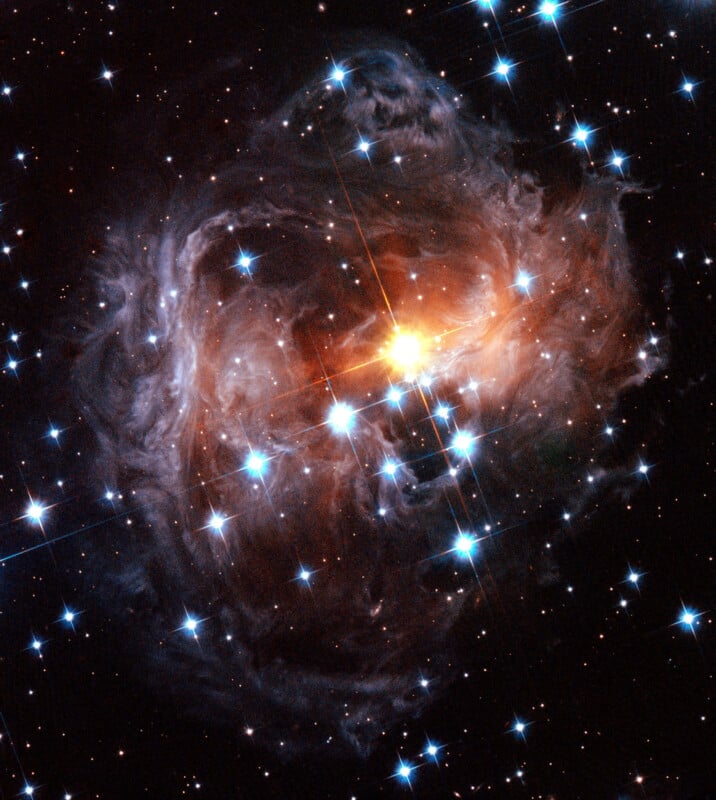
While the dramatic increase in satellites since Hubble entered space does not affect the majority of Hubble’s images, or a significant portion of any image, satellites are still complex and another artifact that astronomers must deal with when working with Hubble. Precious pictures.
„We have developed a new tool to identify satellite trajectories, which is more advanced than previous satellite software because it is more sensitive. So we think it will be better to identify and remove satellite trajectories in Hubble images,” says STScI’s Dave Stark.
The new tool relies on an image analysis technique „Radon transformation.” The instrument identifies satellite trajectories across Hubble’s ACS. Satellites aren’t the only artifact astronomers deal with, however.
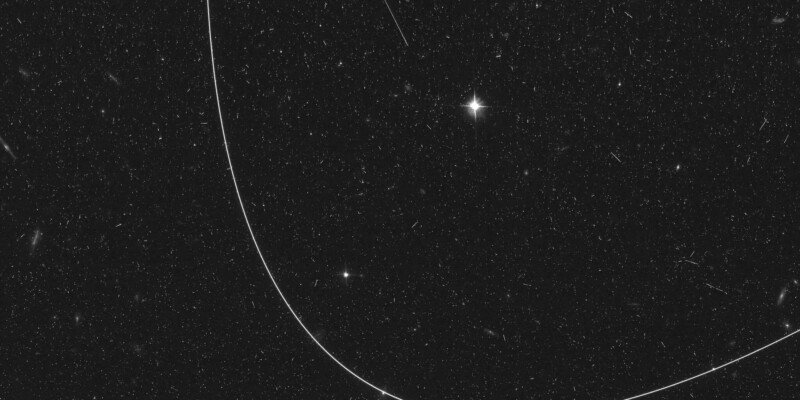
“Cosmic rays rain down on Hubble’s camera detectors. These look like 'scratch marks’. „In fact, they’re a bigger nuisance than satellite trails,” says STScI. Astronomers at STScI in Baltimore, Maryland, have developed new instruments to deal with both satellites and cosmic showers. Because „they’re not in the same place on the detector,” artifacts can be identified and subtracted between exposures. As with satellites, streaks caused by cosmic radiation can be traced from frame to frame.
„A Hubble science observation is assembled from a set of multiple exposures on a single celestial target. Therefore, a satellite in the sky appears in one frame, not the next consecutive frame. Stark and collaborators developed a masking routine that identifies where the bad pixels are, to what extent they affect the image, and then flags them.” writes STScI.
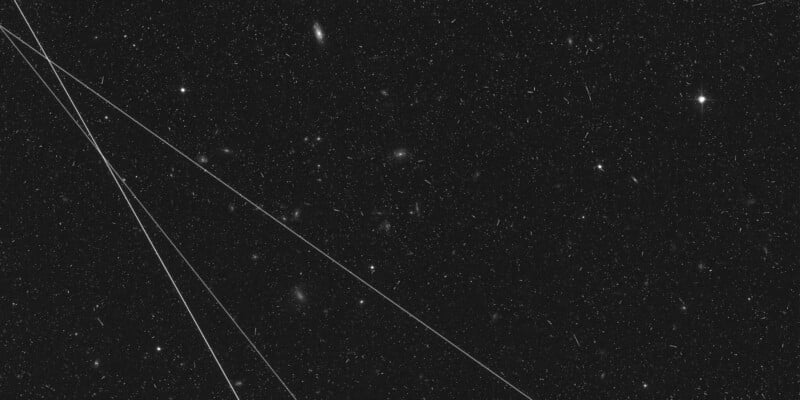
„When we flag them, after integrating the data from all the exposures, we can retrieve the full view without any problems,” Stark says.
The Radon Transform software tool used by Stark and other astronomers is important in a variety of scientific fields, including clinical applications such as environmental science, such as reconstructing CT scans and maps of Earth’s polar regions.
Radon Transform software is designed to detect and classify linear features in an image. The tool gathers light along every possible straight path into an image. Using this approach, astronomers see all the light from a satellite path in a transformed image, even if the light paths are very faint.
It is estimated that by 2030 there will be ten times the number of satellites orbiting the Earth. STScI hopes its new instruments will become more useful as new satellites begin photobombing astrophotographs.
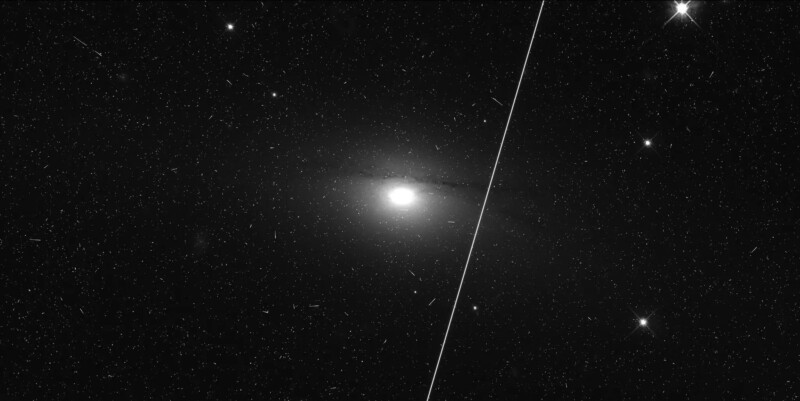
STScI says the new software is ten times more sensitive than previous software used to detect satellite tracks in images. Also, the software identifies „roughly twice” as many tracks as its previous studies.
„We have a toolbox of things that people use to clean the Hubble data and calibrate it. And our new application is another tool to help you make the most of every Hubble exposure,” says Stark.
of the team Impressive new research Presented at the 242nd meeting of the American Astronomical Society, New Mexico.

„Oddany rozwiązywacz problemów. Przyjazny hipsterom praktykant bekonu. Miłośnik kawy. Nieuleczalny introwertyk. Student.
